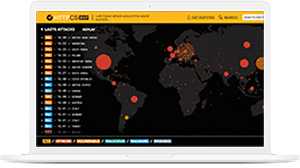Cross-Site Request Forgery (CSRF) vulnerability
What is a CSRF vulnerability and how to prevent it?
This kind of attack simply consists of having a victim execute an HTTP request unwittingly. The goal is to make our victim consult a page to execute the actions of the page, with its privileges (usually higher than ours).
14 days Free trial
No Commitment







